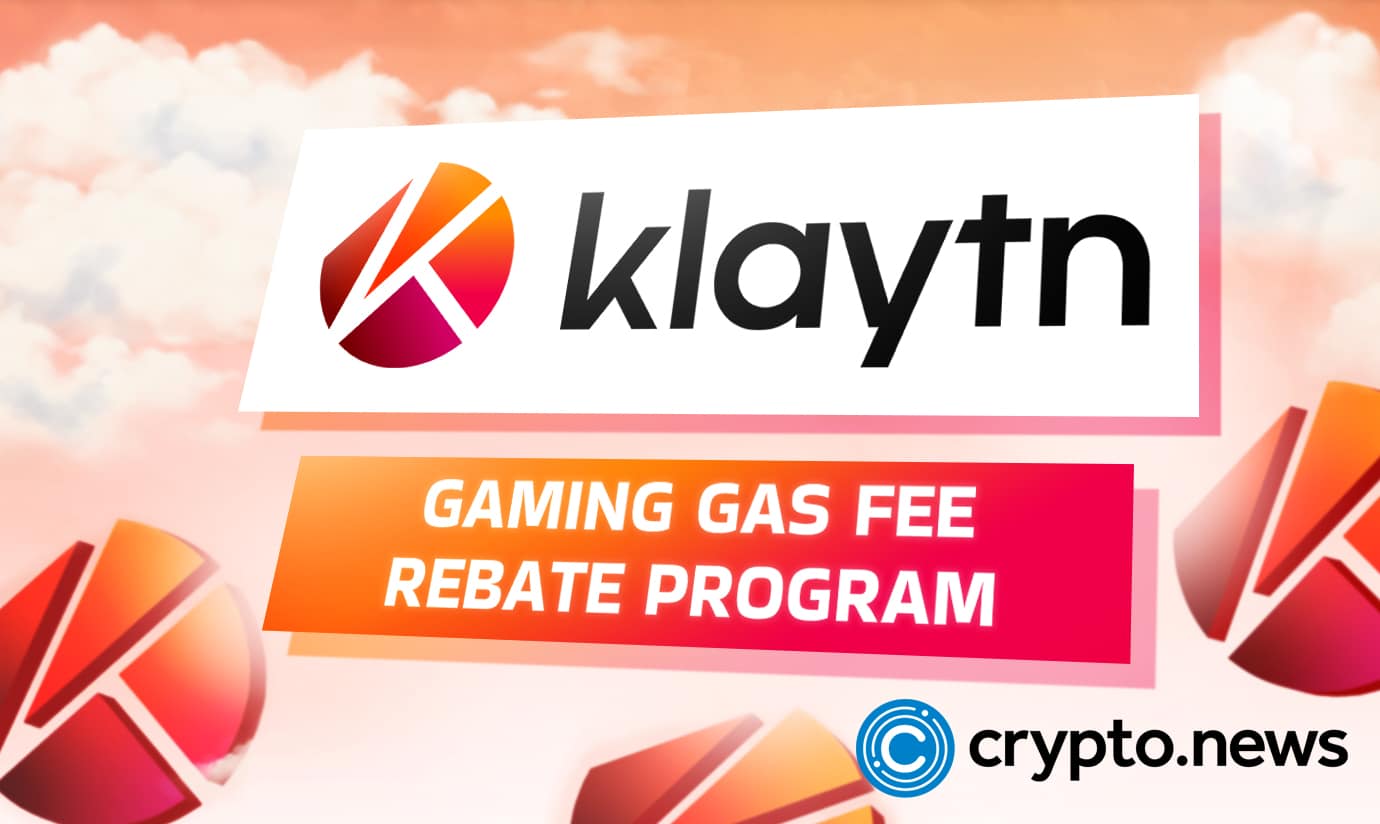2018-7-19 15:29 |
Most people are familiar with bitcoin’s Proof of Work (PoW) consensus, and Proof of Stake (PoS). Yet, there other consensus types like the Proof of Authority (PoA), which is a relatively new consensus. Created in March 2017, this is supposed to be a more improved version of the other consensus mechanisms, improving decentralization and enhancing the centralized models.
What Is Proof of Authority Consensus?Developed as a solution to the incessant spam attacks that the Ropsten test network consistently had, PoA in simple terms, is an improved and enhanced version of the popular PoS consensus.
Unlike the Proof of Stake that requires you to leave a certain amount of cryptos in your wallet, PoA is a reputation based consensus model. Users would have to use set identities as their stake type in place of the old token based PoS consensus.
Every identity on the platform is typically verified by specified validators whose sole function is to approve transactions and blocks in the network.
Running on the PoA consensus requires far less computing demands than compared to the PoW and PoS consensus. In fact, it appears that its major selling point is the less intensive power requirements.
This is why probably why some developers are beginning to gravitate towards it. You see, Proof of Work and Proof of Stake consensus models often require the use of huge amounts of electricity. In fact, one of the key selling points of the later bitcoin mining hardware is lower power consumption compared to others in the market.
Other features of Proof of Authority includes zero node to node data transfer requirements, and network strength regardless of available number of genuine nodes. The initial approval of nodes makes it unnecessary for nodes to be verified over and over again.
Once a node is approved as genuine and honest, it remains that way for as long as necessary. So, instead of the platform using up precious power re-verifying nodes, it just focuses on running those earlier approved nodes.
This is why it requires little computational power to execute and validate transactions on it.
Requirements for Validators in PoA ConsensusValidators are a key part of the proof of authority consensus. In fact, they serve as the nucleus of the consensus.
These validators are often rigorously screened to determine that they run upstanding nodes and are incapable of being compromised. The major requirements for becoming a validator include:
Willingness to become vetted and verified using verifiable identities in the public domain –e.g. your identity on the platform must match that found in the public notary database, your social media accounts and other online personals you have Impartiality and set standards in the verification and approval of validator –all validators must go through the same screening process without any iota of favoritism or partiality High standards must be set for the process of becoming validators. This way, it’s difficult for just about anyone with an internet access to become one. Validators have to be above and beyond reproach.These yardsticks are put in place to keep the system free of corrupt or shady individuals with less than honest intentions. Of course, all validators are rewarded financially, but that shouldn’t be their sole purpose for becoming validators. The goal is to make sure that they be incentivized to remaining committed to the honest running of their nodes.
The use of identities acts as a check to keep people honest. Most people are careful about getting their reputation soiled. Proof of Authority consensus therefore, helps keep people honest and straightforward, because they know they could potentially risk ruining their reputation online or offline.
So, not only is there financial incentives for staying true to the network, but there’s also a pain point for “messing up”. Validators who don’t keep their end of the deal are automatically removed and replaced by others who have been validated.
That, combined with the threat of “public disgrace” is enough to deter any bad behavior. Naturally, most people are against the ruination of their reputation and soiling of their name publicly.
So, they’d rather stay on the good side of the consensus, than risk de-reputation. After all, it only takes a few minutes to destroy a reputation that you’ve spent 30 years building. The good news is because validators know how hard it was for them to get in, they take extra care to stay honest and keep the consensus running smoothly.
Where is Proof of Authority Consensus Effective?Right now, it appears the consensus is best suited to private blockchains with the required permissions. For example, it could power a network of financial entities with each of them acting as their individual validators.
This way and with so much to lose, these financial entities can simply trust that each other would do their best to secure the network. You can see how this will work given the risk of public humiliation if one of those entities messes up.
Transaction confirmations and blockchain integrity audits can then be carried out by majority without any risk of losing their privacy or influence.
Which Projects are Using Proof of Authority?Right now, the most popular of these projects is Ethereum’s Kovan Testnet. This is the network that was created proof of authority solved the spam attacks problem we mentioned earlier.
While there are a few other projects running the PoA consensus, the reality is most of them aren’t public. This makes it difficult to properly identify those who are and aren’t using the consensus.
The reason Kovan Testnet is popular is because it is an evolved testnet from the popular Ropsten Testnet. Therefore, this might be best suited to individuals looking to build their own private blockchains.
This doesn’t mean it can’t work on the public domain, as evidenced in the Proof of Authority Network (POA Network) project. This public blockchain network is used for the execution and validation of ethereum based smart contracts.
The project is kept alive by a slew of self-regulating nodes that act as validators. Validation of nodes often involves the use of information from public notary databases. This makes it incredibly easy for cross-verification on both the blockchain and the public domain.
Therefore, validation prospects or applicants would do well to ensure that their data during application matches what’s in the public notary database. Any errors or mismatches and your application will most likely, be denied.
A third publicly known project that’s powered by the proof of authority consensus is the VeChainThor blockchain network. This new network is essentially an enterprise-grade public blockchain that’s designed to facilitate transparency in information flow, particularly in logistics and supply chains. They are able to do this effective courtesy of their exclusive validation tech and procedures.
The fourth are the popular Ripple cryptocurrency and the Hyperledger Fabric blockchain platform. While the latter’s consensus is mostly powered by the Practical Byzantine fault Tolerance, it also largely utilizes the Proof of Authority consensus. The same goes for Ripple which uses a modified version of the PoA consensus.
Why Use Public Notary for VerificationThe one reason why is simple: becoming a notary public is often an arduous process and requires extensive government background check. As a result, notary publics are often upstanding individuals, citizens and organizations. This is why it would be incredibly difficult for validators to forge or create false documents.
For most people, the risk of a bad reputation is enough to keep them honest. However, there are a few others who simply don’t care about their reputations enough to want to risk shady acts for the purpose of the financial incentives.
Proof of Authority Blockchain Consensus ConclusionThat’s pretty much the basic idea of the proof of authority consensus. Of course it’s still a work in progress, but it has shown enough results to make it a viable alternative to PoS and PoW consensus.
origin »Consensus (SEN) íà Currencies.ru
|
|







